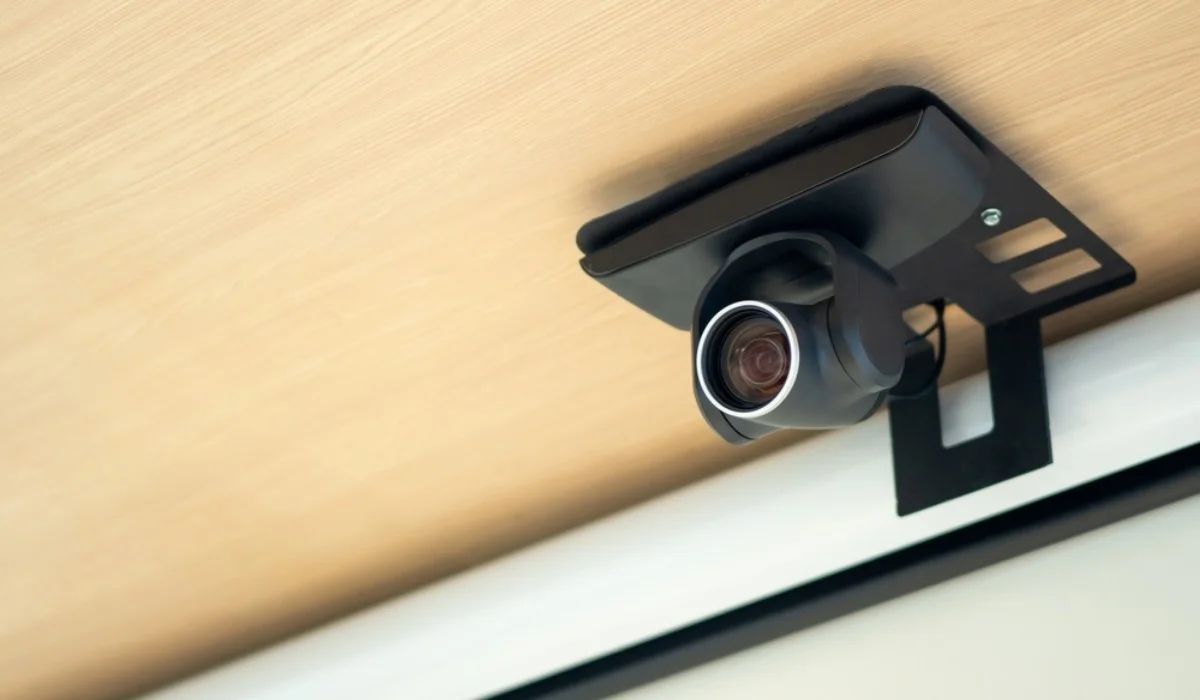Choosing the right CCTV (Closed-Circuit Television) system can be a daunting task, given the multitude of options available in the market today. Whether you’re looking to enhance the security of your home or business, understanding the key features that make a CCTV system effective is crucial. This guide will help you identify the essential features to consider when selecting a CCTV system that suits your needs.
1. Camera Resolution
High Definition (HD)
The resolution of a CCTV camera determines the clarity of the images and videos it captures. Higher resolution cameras, such as 1080p (Full HD) or 4K (Ultra HD), provide detailed and clear footage, which is essential for identifying faces, license plates, and other critical details.
Megapixels
For higher clarity, consider cameras with more megapixels. A higher megapixel count means better quality images, especially when zooming in on footage.
2. Night Vision
Infrared (IR) Capability
Night vision is a crucial feature for monitoring low-light or completely dark environments. Cameras with infrared (IR) LEDs can capture clear footage even in total darkness by emitting infrared light that is invisible to the human eye but detectable by the camera sensor.
Low-Light Performance
Look for cameras with good low-light performance. Some cameras use advanced technologies like low-light sensors and image intensifiers to provide better clarity in dim lighting conditions.
3. Field of View
Wide-Angle Lenses
The field of view (FOV) determines how much area the camera can cover. Wide-angle lenses allow the camera to monitor larger areas, reducing the number of cameras needed to cover the entire property.
Adjustable FOV
Some cameras offer adjustable FOV, allowing you to customize the area being monitored according to your specific needs.
4. Motion Detection
Intelligent Motion Detection
Cameras with motion detection can trigger recordings and send alerts when they detect movement. Look for systems with intelligent motion detection that can distinguish between human motion and other types of movement, reducing false alarms.
Sensitivity Adjustment
Ensure the system allows you to adjust the sensitivity of the motion detection to suit your environment and reduce unwanted notifications.
5. Storage Options
Local Storage
Local storage options include DVR (Digital Video Recorder) and NVR (Network Video Recorder) systems. DVRs are typically used with analog cameras, while NVRs work with IP cameras and offer better quality and more advanced features.
Cloud Storage
Cloud storage provides remote access to footage and automatic backups, ensuring your recordings are safe even if the local storage is compromised. Be aware of any subscription fees associated with cloud storage.
6. Remote Access
Mobile Apps
Most modern CCTV systems come with mobile apps that allow you to view live feeds and recorded footage from your smartphone or tablet. Ensure the app is user-friendly and compatible with your device.
Web Access
Web-based access allows you to monitor your cameras from any computer with an internet connection, providing flexibility and convenience.
7. Durability and Weatherproofing
Outdoor vs. Indoor Cameras
For outdoor surveillance, choose cameras that are weatherproof and can withstand harsh environmental conditions. Look for ratings like IP66 or IP67, which indicate good protection against dust and water.
Vandal-Resistant
Consider vandal-resistant cameras for areas prone to tampering or vandalism. These cameras are built with durable materials to withstand physical attacks.
8. Integration with Other Systems
Smart Home Integration
If you have a smart home system, look for CCTV cameras that integrate seamlessly with devices like smart locks, lights, and alarm systems. Compatibility with platforms like Alexa, Google Home, and Apple HomeKit can enhance your overall security setup.
Alarm Systems
Some CCTV systems can be integrated with existing alarm systems, providing a more comprehensive security solution that includes visual verification of alarms.
9. Audio Capabilities
Two-Way Audio
Cameras with two-way audio allow you to communicate with people on the other end. This feature is useful for verifying visitors, deterring intruders, or communicating with family members or employees.
Audio Recording
In some cases, capturing audio can provide additional context to the video footage. Ensure the system complies with local laws regarding audio recording.
10. Ease of Installation and Use
DIY vs. Professional Installation
Consider whether you prefer a DIY system that you can install yourself or if you need professional installation. DIY systems are typically easier to set up but may lack some advanced features.
User-Friendly Interface
The system’s interface should be intuitive and easy to navigate, allowing you to access and manage your footage without hassle.
Conclusion
Selecting the right CCTV system involves evaluating various features to ensure it meets your specific security needs. High resolution, night vision, field of view, motion detection, storage options, remote access, durability, system integration, audio capabilities, and ease of use are all critical factors to consider. By focusing on these key features, you can choose a CCTV system that provides comprehensive and reliable surveillance, giving you peace of mind and enhanced protection for your property.






Comments